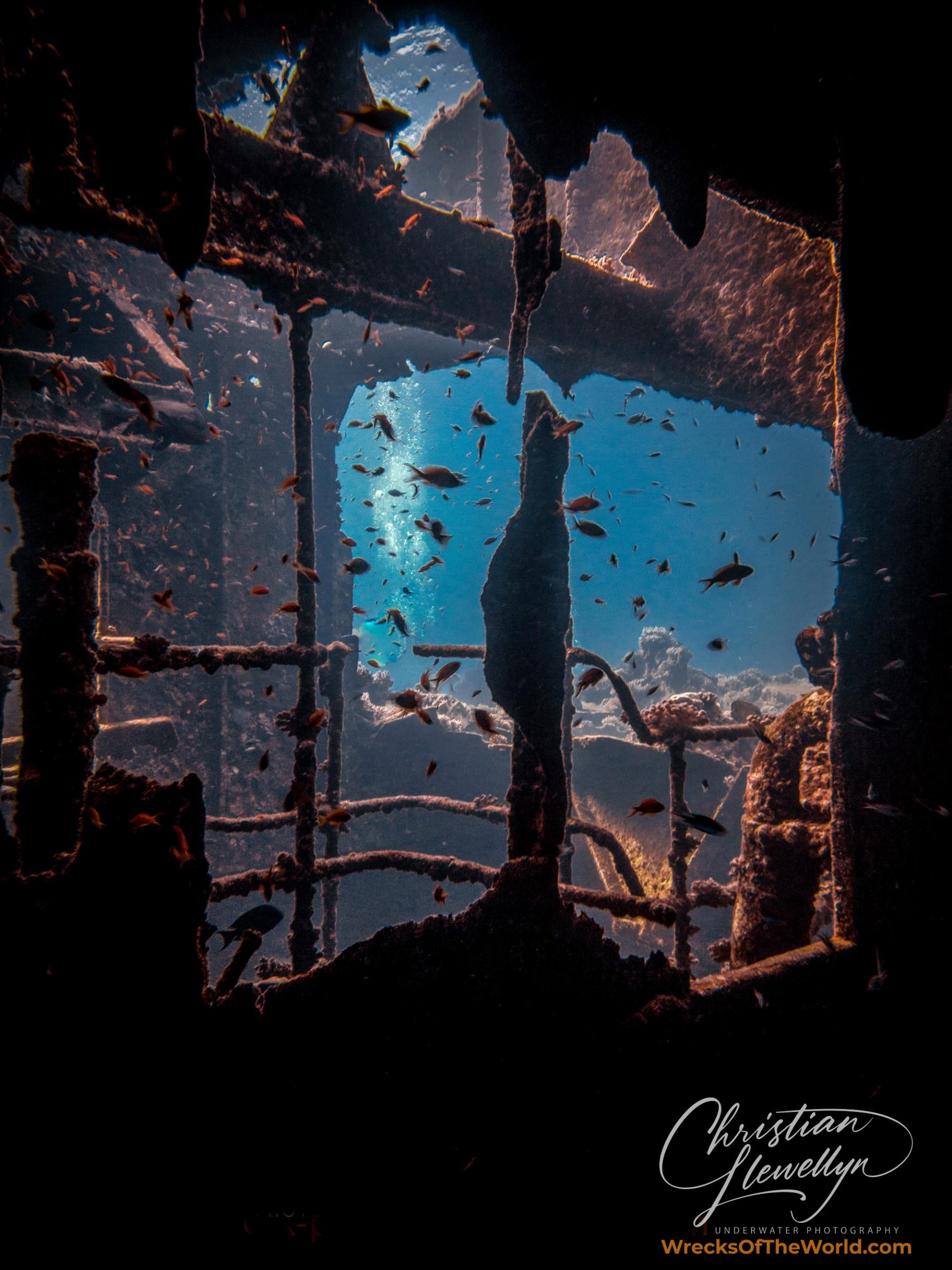Kimon M Wreck: Take a look at the beautiful but odd Tile Wreck
- Written:
- By Christian Llewellyn
Some of the links on this page may be affiliate links. If you click on them and make a purchase, we may earn a small commission at no extra cost to you. This helps us continue our work—thank you for your support!
Introduction to the Kimmon M wreck
Located in the northern Red Sea, near the notorious Sha’b Abu Nuhas Reef, the Kimon M wreck dive is a beacon for underwater adventurers. The site offers a unique blend of maritime history and vibrant marine ecosystems, making it a favorite among divers, especially those interested in wreck photography. Resting on its starboard side, the Kimon M spans a depth from 4 to 32 meters and features a fascinating array of submerged artifacts and marine habitats.
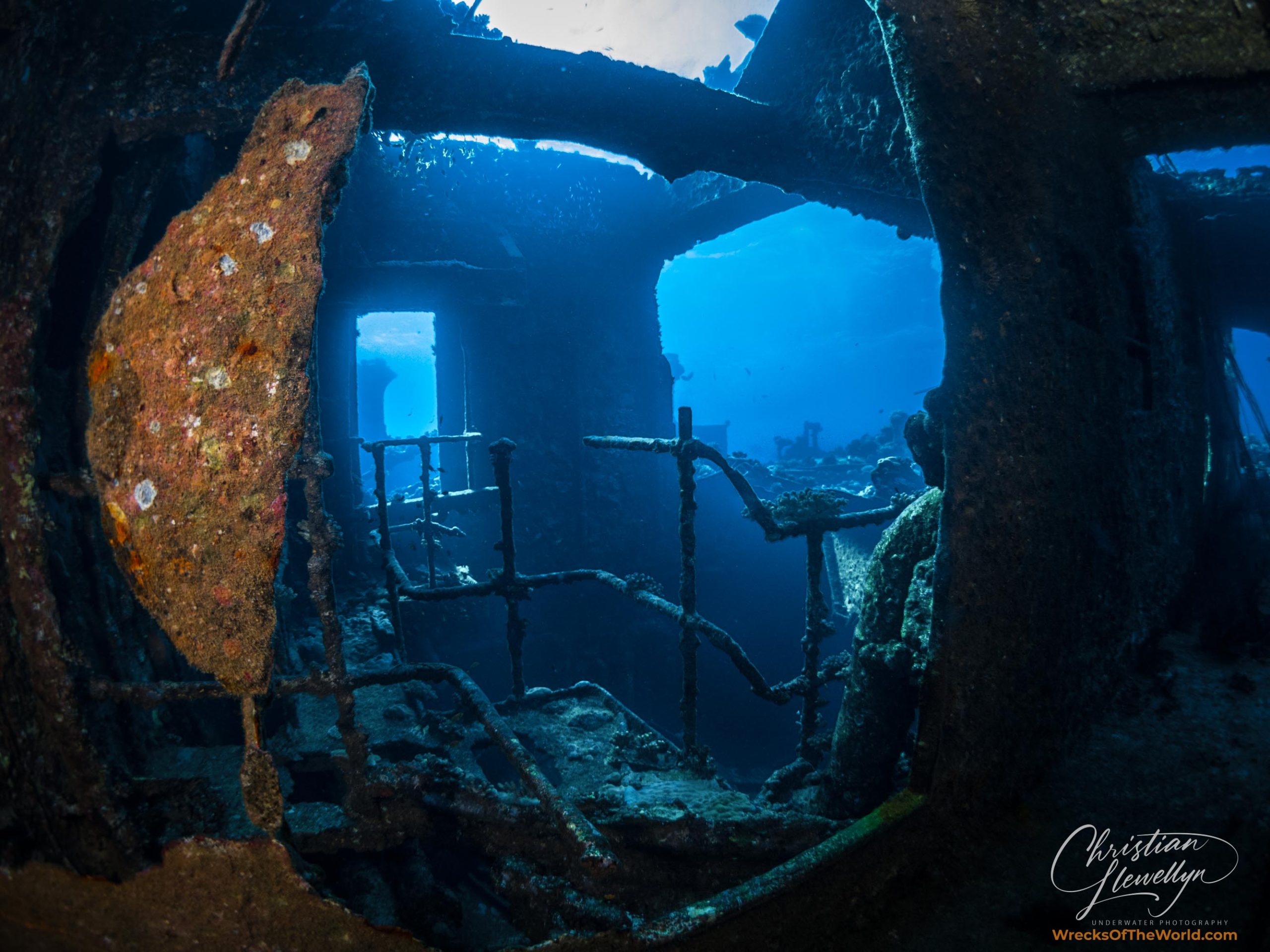
The Story Behind the Kimmon M
The Kimon M, a cargo ship built in 1952, began its service life as a freighter and later operated under the Greek-Panama company Janissios Shipping. This 106.4-meter vessel was primarily used for transporting goods such as lentils across established trade routes. Its fate was sealed on 12 December 1978 when, en route from Iskandarun, Turkey, to Bombay, it collided with the northeastern edge of Sha’b Abu Nuhas Reef while navigating at full speed. All crew members survived the incident, thanks to a timely rescue by the vessel Interasia, anchored nearby at the time of the accident.
Over the years, the Kimon M has morphed into an underwater habitat fostering extensive marine life. The wreck is scattered across varying depths, with the bow in shallower waters, featuring masts and anchors accessible to divers, while the stern lies deeper, showcasing an intact propeller and rudder. As divers navigate from the stern to the fragmented bow, they encounter sprawling marine communities. Schools of anthias hover around collapsed holds, while hard and soft corals envelop the ship’s structure, creating a vibrant underwater tableau. The engine room and its adjacent areas are thriving spots for glassfish and typical reef fauna, presenting an enthralling dive experience at every turn.
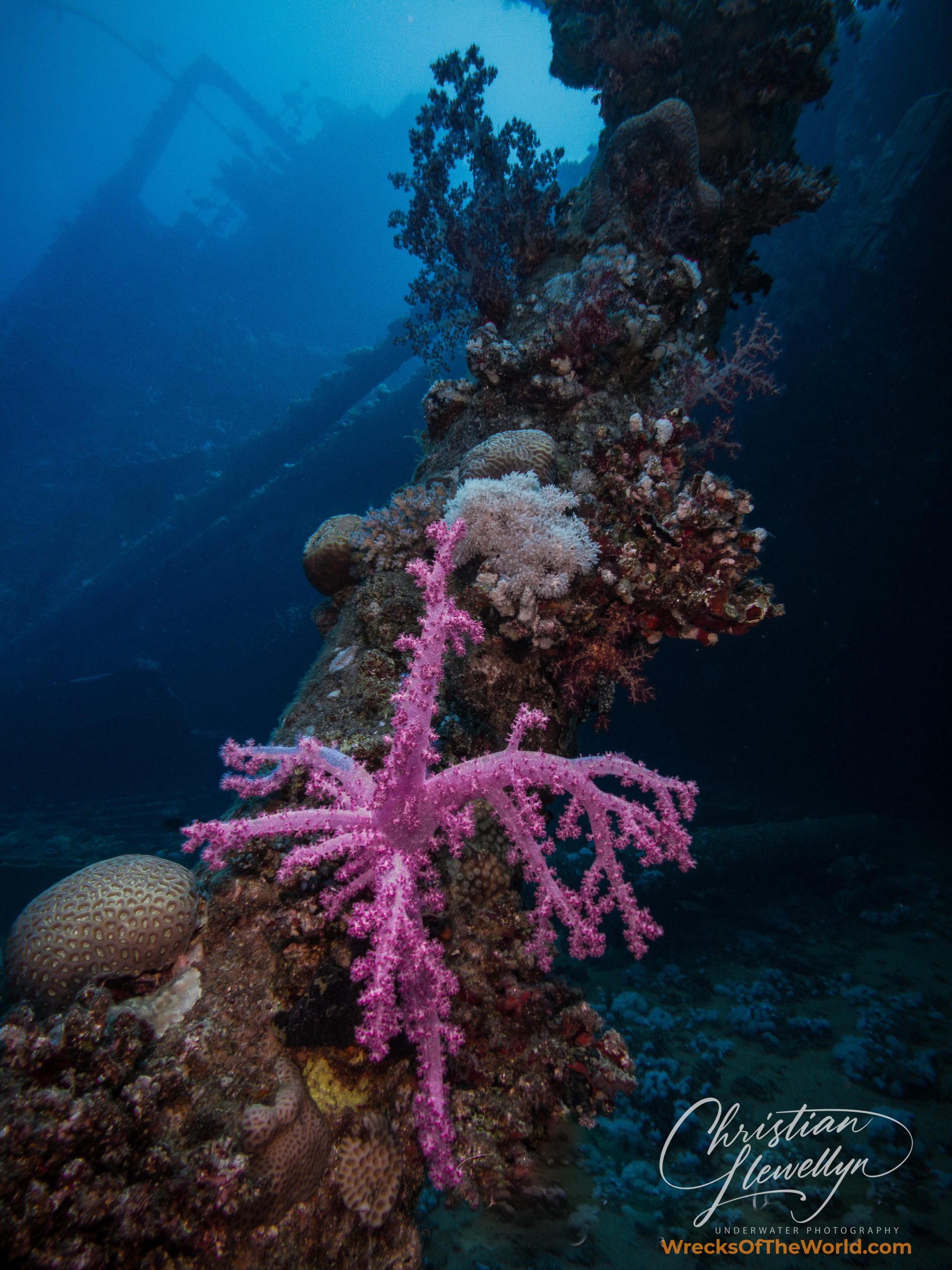
The Stats: Depth, Conditions & Accessibility
12m
Minimum Depth
30m
Maximum Depth
Boat Dive
Dive Type
25m
Visibility
Mar – Nov
Season
22°C - 28°C
Water Temp
Where Is The Kimmon M?
The Kimmon M wreck is situated in the northern Red Sea, offering divers fantastic diving opportunities due to its clear waters and vibrant marine life. The nearest major cities include Hurghada and Sharm El Sheikh, both of which have international airports that service flights from Europe, the Middle East, and other regions. Dive operators in both cities offer boat trips to this site, typically as part of a full-day outing. The travel from these cities to the dive site includes a scenic boat journey, emphasizing the remote and pristine nature of the wreck location.
My Experience Diving The Kimmon M

Embarking on the Kimon M wreck dive in the Red Sea was an exhilarating experience, complemented by the seasoned dive team skilled in navigating the intriguing complexities of Abu Nuhas dive sites. The camaraderie among my fellow divers enhanced the atmosphere as we geared up with palpable excitement. The dive began with a boat entry, smoothly executed, dropping us near the ghostly silhouette of the Kimon M wreck.
Descending through the crystal-clear waters, the enormity of the Kimon M came into view. Despite its somber history, the wreck was teeming with life, a vibrant testament to nature’s resilience. We navigated through safe sections of the vessel, with our dive guide pointing out interesting features and ensuring we adhered to conservation-level respect for the site. The visibility was exceptional, allowing us to take in the full majesty of the wreck and its aquatic residents.
The journey back to the surface was guided by our dive leader, ensuring safety stops were adhered to, reflecting on the dive’s peaceful yet adventurous nature. On the boat ride back, discussions abounded about the highlights and personal experiences, deepening our appreciation for the diving opportunities the Red Sea offers, particularly for those passionate about wreck photography like myself.
My Experience Photographing the Kimmon M
Photographing the Kimon M wreck in the Red Sea was an enriching endeavor that combined both challenges and thrilling successes. The visibility around the wreck can vary, but on a good day, it offers clear waters that highlight the stunning encrustations of coral and bustling marine life clinging to the sunken structure. My favorite photo from the dive captured the eerie yet fascinating ambiance of the cargo hold, where the shadows and ambient light created a dramatic scene, perfectly showcasing the wreck’s enigmatic allure.
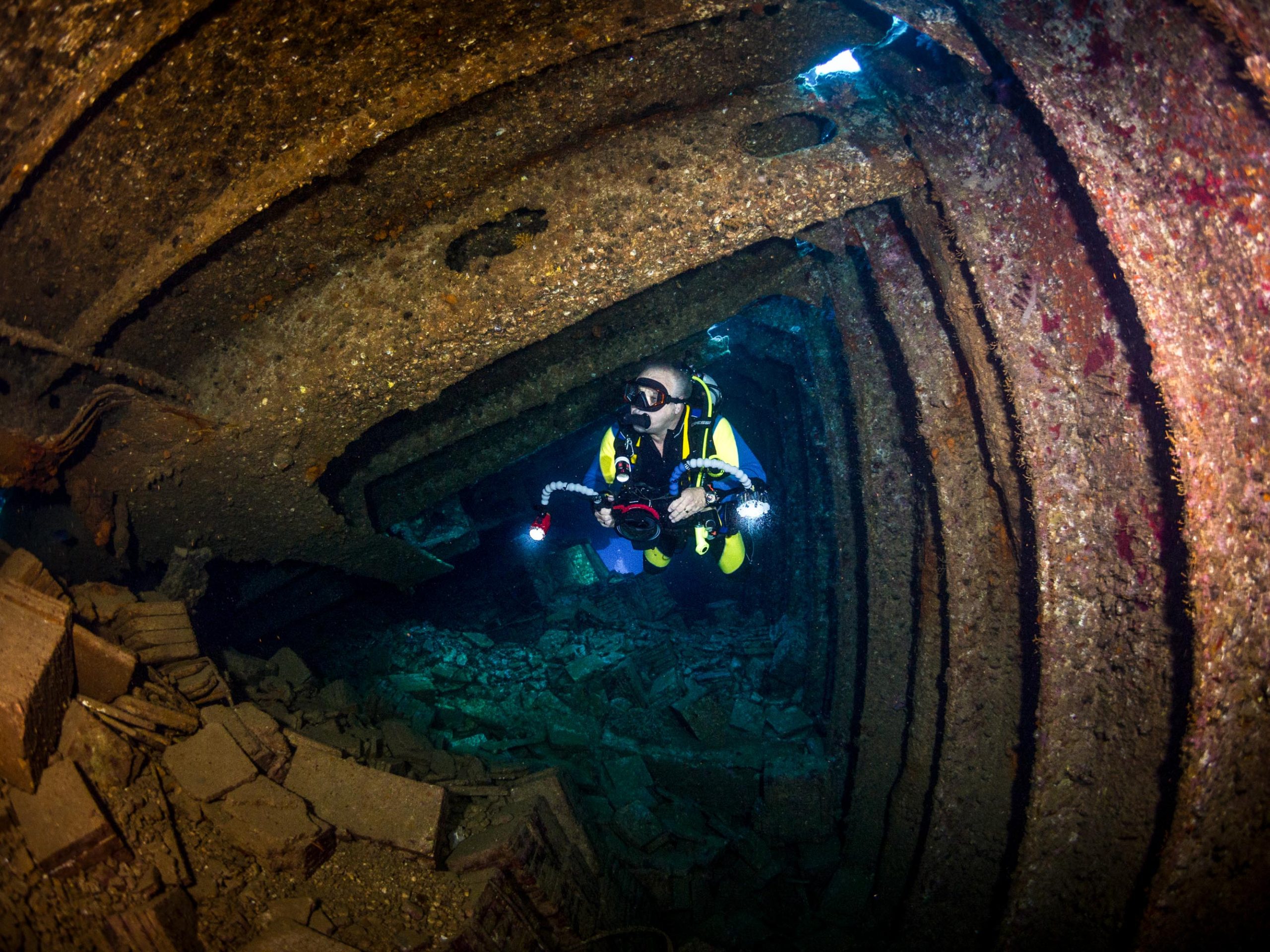
What You’ll See: Wreck Features & Marine Life
The marine life on the Kimon M wreck is a vibrant spectacle, with schools of colorful fish darting in and out of the structure, complemented by the soft corals clinging to its sides. For enthusiasts of Kimon M wreck photography, each turn and crevice offers a new marvel, from the tightly packed anthias to the more elusive moray eels peering out from their rocky refuges. As the light shifts through the water, the scene resembles a dynamic, living canvas.
Visibility around the wreck typically ranges from good to excellent, allowing divers to appreciate the full scope of this enormous structure. The adjacent seafloor and surrounding waters are bustling with life, including the occasional curious turtle gliding by. The preservation efforts and natural beauty make the Kimon M an iconic dive site in the Red Sea, rich in both biodiversity and historical allure.
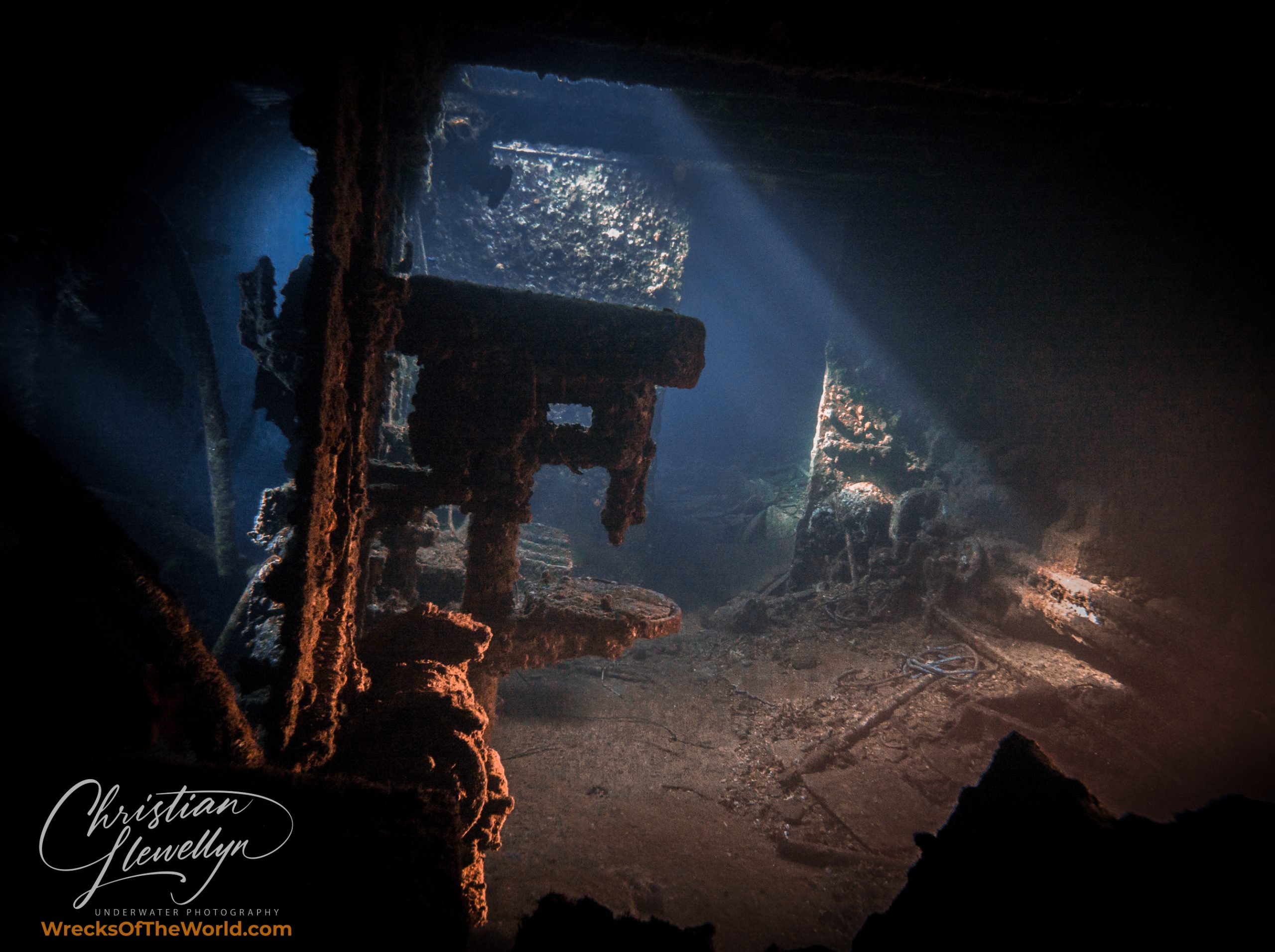
Recommendations for Diving the Kimmon M
1. Ensure you carry the appropriate certification for wreck diving, as these sites often require advanced dive skills.
2. Familiarize yourself with the layout and history of the wreck before diving, which helps in navigation and appreciating the site.
3. Use a guide line when exploring interior spaces to ensure a safe exit.
4. Check tidal currents and water conditions on the day of the dive; wrecks can be in areas with variable conditions.
5. Maintain neutral buoyancy to avoid disturbing sediment which can reduce visibility.
6. Carry at least one reliable light source, and preferably a backup, when exploring darker parts of the wreck.
7. Be cautious of sharp edges and entanglement hazards such as fishing lines or nets.
8. Keep a close watch on your air supply, wrecks are fascinating but can lead to longer than anticipated dives.
9. Avoid taking artifacts or disturbing marine life; respect the wreck as a historical site and natural habitat.
10. Always dive with a buddy and communicate your plan with the dive team.
Tips for Photographing the Kimmon M
1. Use a Red Filter or Adjust White Balance: At the depths of the Kimon M wreck, colors can become muted and blue. Using a red filter for your camera or adjusting the white balance settings can help restore the natural colors of the ship and the surrounding marine life.
2. Manage Your Dive Time Wisely: The depth range from 4 to 32 meters at the Kimon M wreck site means you’ll have various light levels and subjects to shoot. Plan your dive to maximize time at different sections of the wreck.
3. Embrace Ambient Light: Utilize the natural light that filters down to the wreck for an atmospheric effect. Early morning dives often provide the best lighting conditions for photography.
4. Stay Steady: Currents can be a challenge when shooting sharp images in wreck diving. Use a sturdy tripod or get creative with your buoyancy to stabilize your shots.
5. Focus on Small Details: Beyond the grandeur of the wreck itself, focus on capturing the intricate details like marine life interactions and coral growth on the wreck’s surface.
6. Bring a Powerful Flash or Strobe: To capture the vivid details and combat the natural reduction in light underwater, a strong flash or strobe is essential, especially in the deeper or shadowed parts of the wreck.
7. Safety First: Always prioritize your safety and that of your dive buddies over getting the perfect shot. Be aware of your surroundings, depth, and air supply while you capture the beauty of Kimon M.
Practical Dive Info & Booking a Trip
For those planning to explore the Kimon M wreck, partnering with reputed local operators such as ‘Deep Blue Divers’ and ‘Red Sea Explorers’ is key. They offer comprehensive dive packages that typically range from $70-$120 per dive, including gear rental and boat fees. These operators are known for their commitment to safety and rich knowledge of the Kimon M and other Abu Nuhas dive sites. Remember to respect marine life by not touching or removing anything from the wreck sites, and ensure all diving activities are carried out in an environmentally responsible manner.
My Rating & Final Thoughts
Reflecting on the Kimon M wreck dive in the majestic waters of the Red Sea, I can undoubtedly say it was an adventure that both novices and seasoned wreck divers would appreciate. Diving through the history-laden steel structure of the SS Kimon M, surrounded by vibrant marine life, was an experience that blended thrills with a touch of solemn reverence for the maritime saga that unfolded decades ago. I’d particularly recommend this dive for those interested in wreck photography, as the play of light through the cargo holds and the abundant fish life creates mesmerizing scenes worth capturing.
8/10
Frequently Asked Questions (FAQs)
The Kimmon MRed Sea typically offers clear visibility ranging from 20 to 30 meters, depending on the season. Water temperatures vary between 22°C in winter and 28°C in summer. The site has mild to moderate currents, making it suitable for most divers.
Divers should be aware of potential strong currents and navigate them carefully. It’s recommended to dive with a local guide who knows the site well. Always check and maintain your equipment before diving, and consider carrying a surface marker buoy for safety.
Divers can expect to see a vibrant array of marine life including colorful coral, schools of tropical fish, and possibly turtles. The wreck itself serves as an artificial reef, attracting various species of fish and occasionally, pelagic visitors.
For diving at Kimmon MRed Sea, a standard scuba set, a good quality wetsuit appropriate for the season, and a dive computer are essential. A flashlight is recommended for exploring darker parts of the wreck. Don’t forget a camera to capture the vivid marine life.
Respectful diving behavior includes not touching or standing on the coral reefs and being cautious not to disturb the marine life. Divers should avoid taking anything from the water, including shells and marine life, and ensure no litter is left behind.
The best time to dive at Kimmon MRed Sea is from March to November when the water temperatures are warmer and visibility is at its best. However, diving is possible year-round for those equipped with suitable thermal protection during cooler months.
Yes, several reputable dive operators can provide guided tours and necessary equipment rental. Look for operators who have extensive local knowledge and prioritize safety. It’s advisable to check reviews and possibly get recommendations from fellow divers.
Divers can minimize impact by maintaining buoyancy control to avoid damaging the seabed, using eco-friendly sunscreens, and participating in dive clean-up activities. Opt for operators who enforce eco-friendly practices and educate divers on conservation efforts.
The Kimmon MRed Sea wreck offers divers the chance to explore historical remnants combined with thriving marine biodiversity. Its structure hosts various marine species, creating an enchanting underwater experience. The blend of history with natural beauty makes it a unique dive location.
Divers should be ready for an emotionally enriching experience that combines the awe of historical exploration with natural beauty. Familiarizing yourself with the site’s history and considering the scale and somber aspects of exploring a wreck can deepen the experience. Always dive with a mindset of respect for both the environment and the historical significance of the site.
References
<a href=”https://www.redseawreckproject.com/dive-sites/k-red-sea-wreck-diving-database/kimon-m/” target=”_blank”>https://www.redseawreckproject.com/dive-sites/k-red-sea-wreck-diving-database/kimon-m/</a><br> <a href=”https://www.cdws.travel/wreck-diving/kimon-m” target=”_blank”>https://www.cdws.travel/wreck-diving/kimon-m</a><br> <a href=”https://www.redsea-diving.com/kimon-m/” target=”_blank”>https://www.redsea-diving.com/kimon-m/</a>
Some of the links on this page may be affiliate links. If you click on them and make a purchase, we may earn a small commission at no extra cost to you. This helps us continue our work—thank you for your support!


